The shoulder press is a staple in strength training routines for good reason. It builds size, strength, and stability in the shoulders—but many lifters still wonder: what delt does the shoulder press work the most? Is it the front? Side? Rear? Understanding the anatomy behind the movement can help you train smarter and see better results.
The Shoulder Press and Your Delts: A Quick Breakdown
Your deltoids (commonly called delts) are made up of three distinct heads:
-
Anterior deltoid (front)
-
Lateral deltoid (side or middle)
-
Posterior deltoid (rear)
Each head has its own role, but they often work together depending on the exercise.
During a shoulder press—whether with dumbbells, barbells, or machines—the anterior deltoid (front delt) is the primary mover. This head activates strongly when pushing weight overhead, especially when your elbows are positioned in front of the body, as in most standard pressing movements.
Does Shoulder Press Work Front Delts?
Yes, and quite effectively. The front delt carries the majority of the load during a shoulder press. This is because the motion of pressing vertically is powered by shoulder flexion—the exact function of the anterior deltoid.
This makes the shoulder press a top-tier compound lift for anyone trying to grow their front delts, particularly when done with strict form and controlled tempo. If you’ve ever felt a deep burn at the front of your shoulders during overhead presses, now you know why.
What About the Side and Rear Delts?
While the lateral delts do assist during a shoulder press, their involvement is secondary. They help stabilize the shoulder joint and support the upward path of the weight. However, if your goal is to develop broad, rounded shoulders with well-defined side delts, lateral raises or upright rows should be part of your program.
As for the posterior delts, they are minimally engaged during a shoulder press. Their main job is shoulder extension and external rotation, which isn’t a major part of pressing. To target rear delts, look to exercises like reverse flyes, face pulls, or rear delt rows.
My Experience with the Shoulder Press
When I first started training seriously, I used the shoulder press as my go-to for building "big shoulders." And while my strength increased and my front delts developed nicely, I started to notice an imbalance. My shoulders looked fuller from the front, but lacked width and depth from the side and back.
It wasn’t until I added more isolation work for the lateral and rear delts that my shoulders truly took shape. That experience taught me the value of training each head with purpose—not just relying on big compound lifts. The shoulder press is powerful, but it’s one piece of the puzzle.
Final Thoughts: Which Delt Does the Shoulder Press Work?
The answer is clear: the front delt is the dominant muscle worked during the shoulder press. The lateral delt assists, and the rear delt plays a minimal role. For balanced shoulder development, complement your pressing routine with targeted work for the side and rear delts.


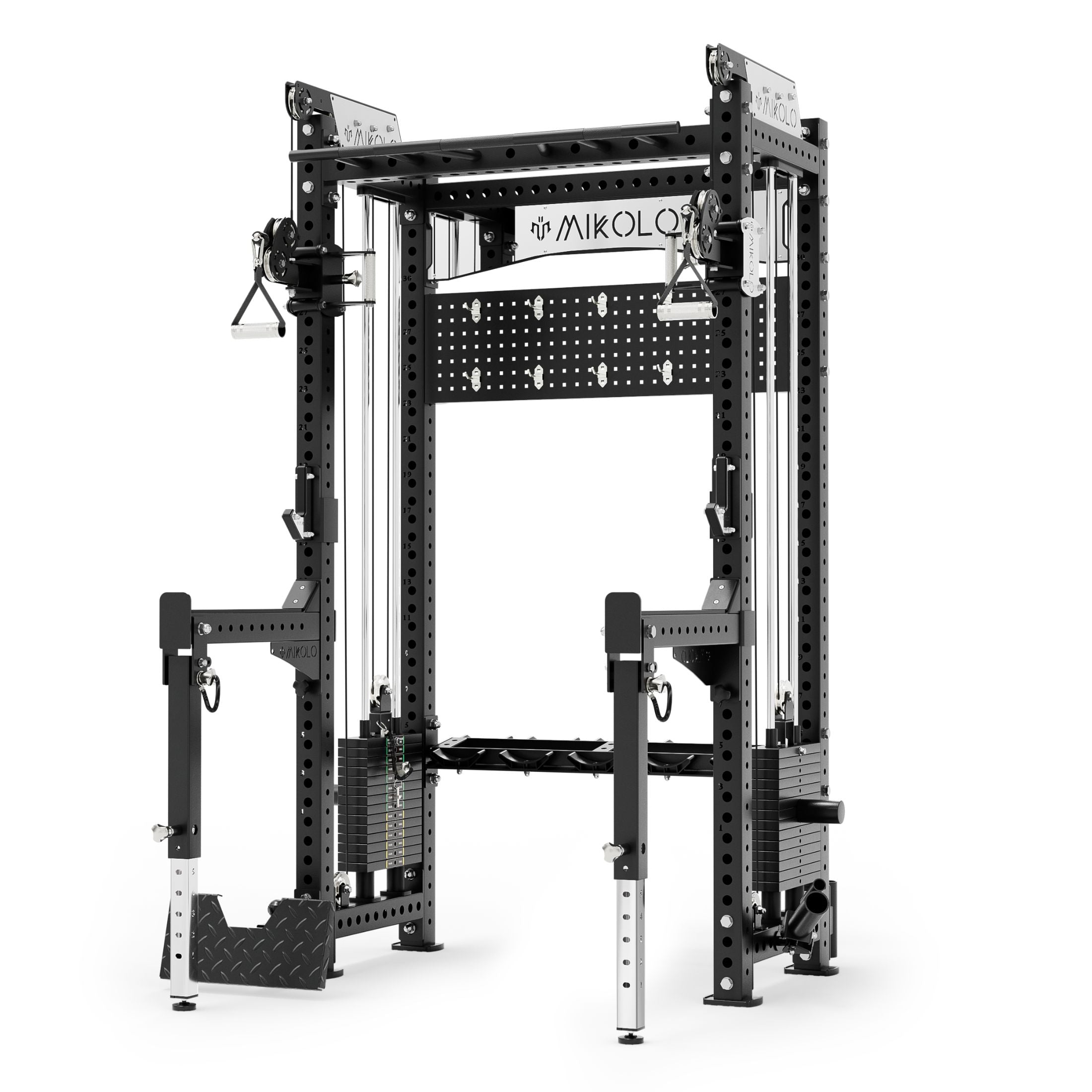
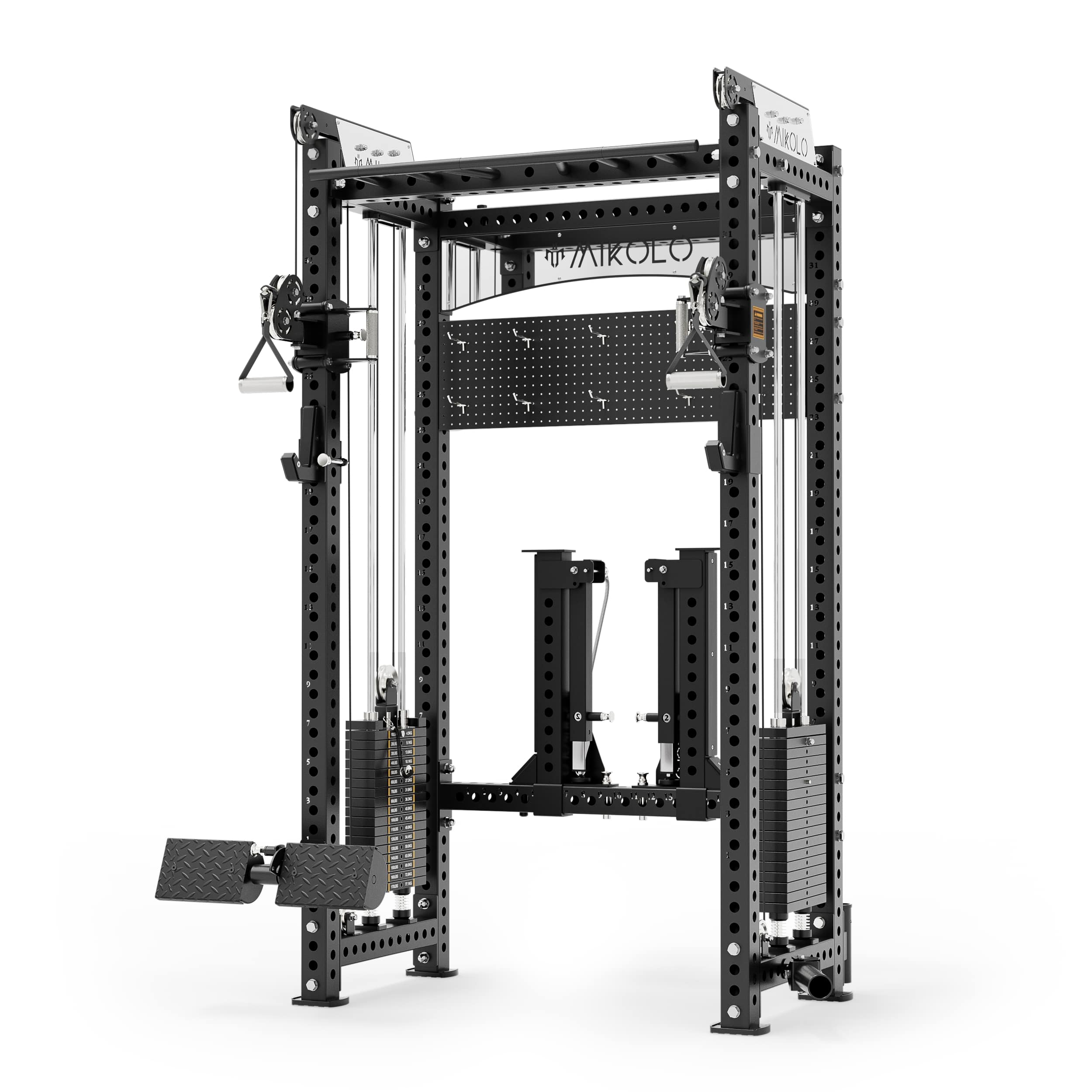
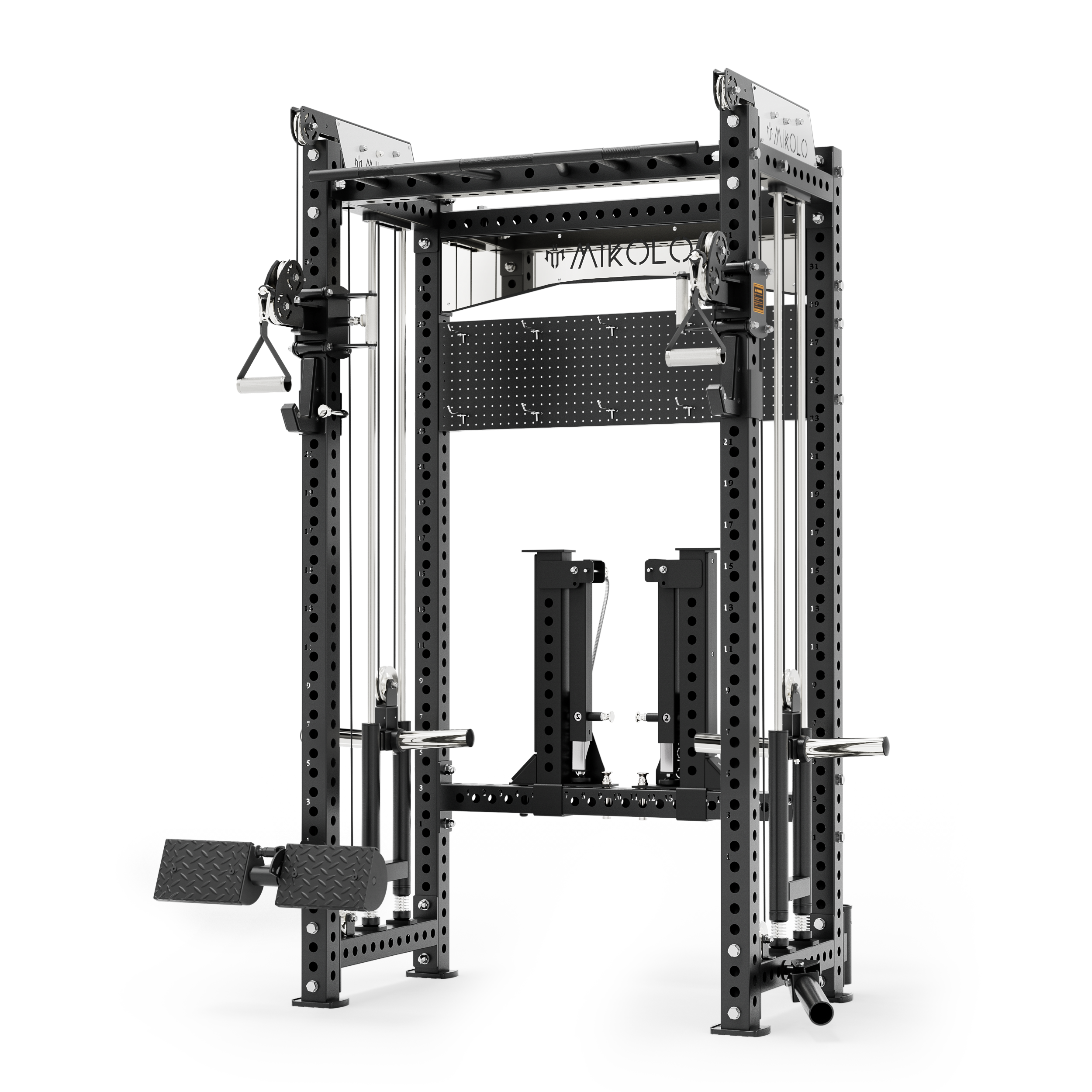


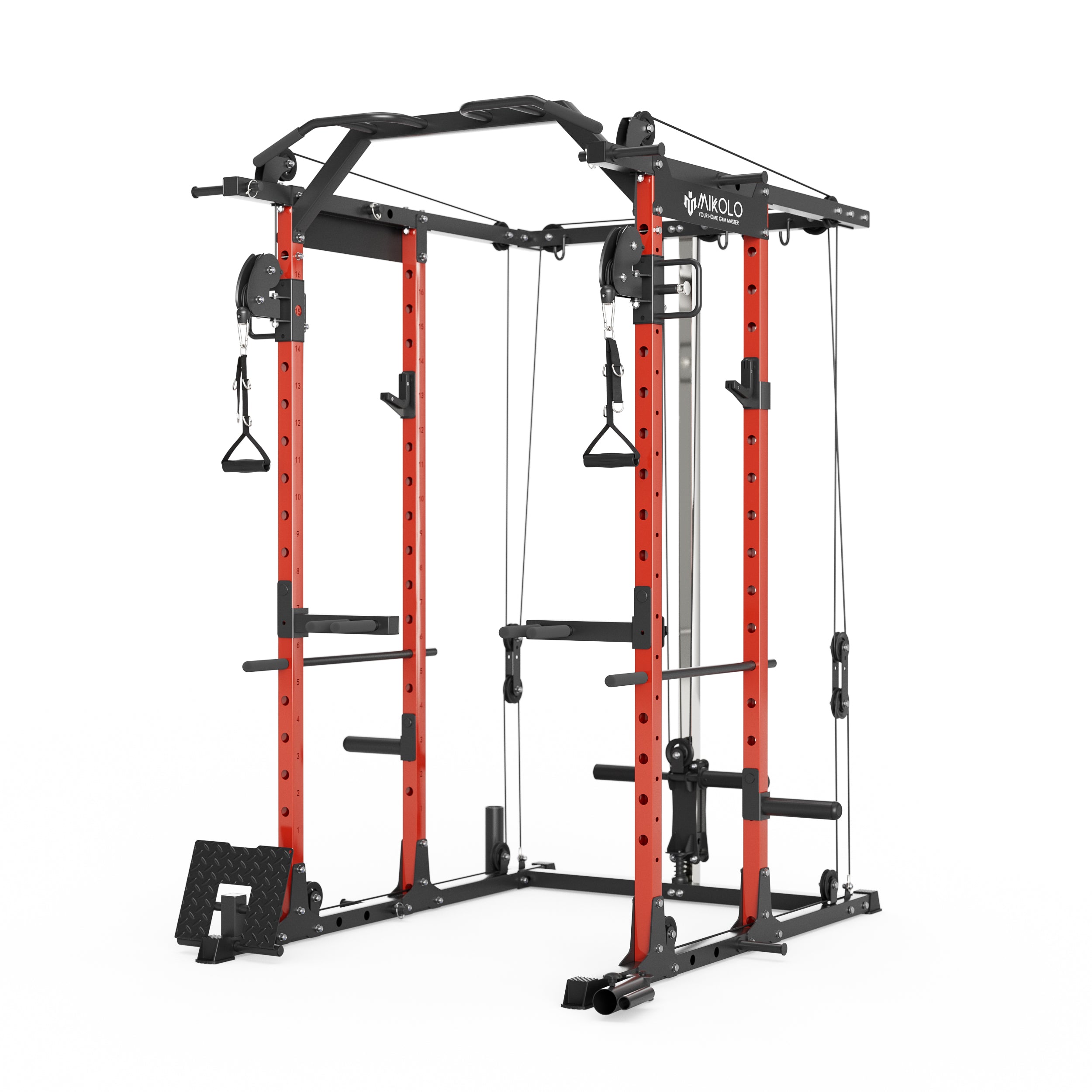
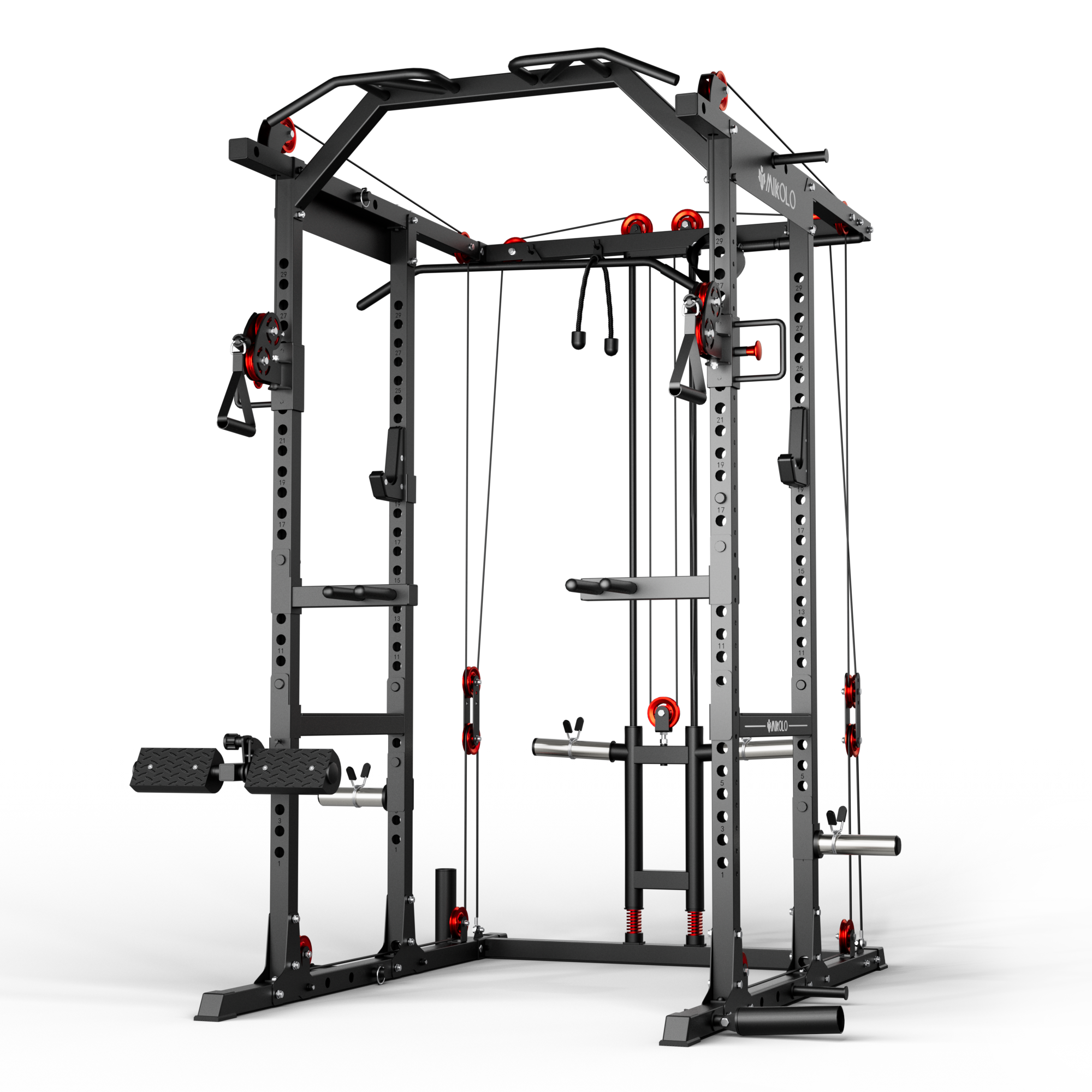



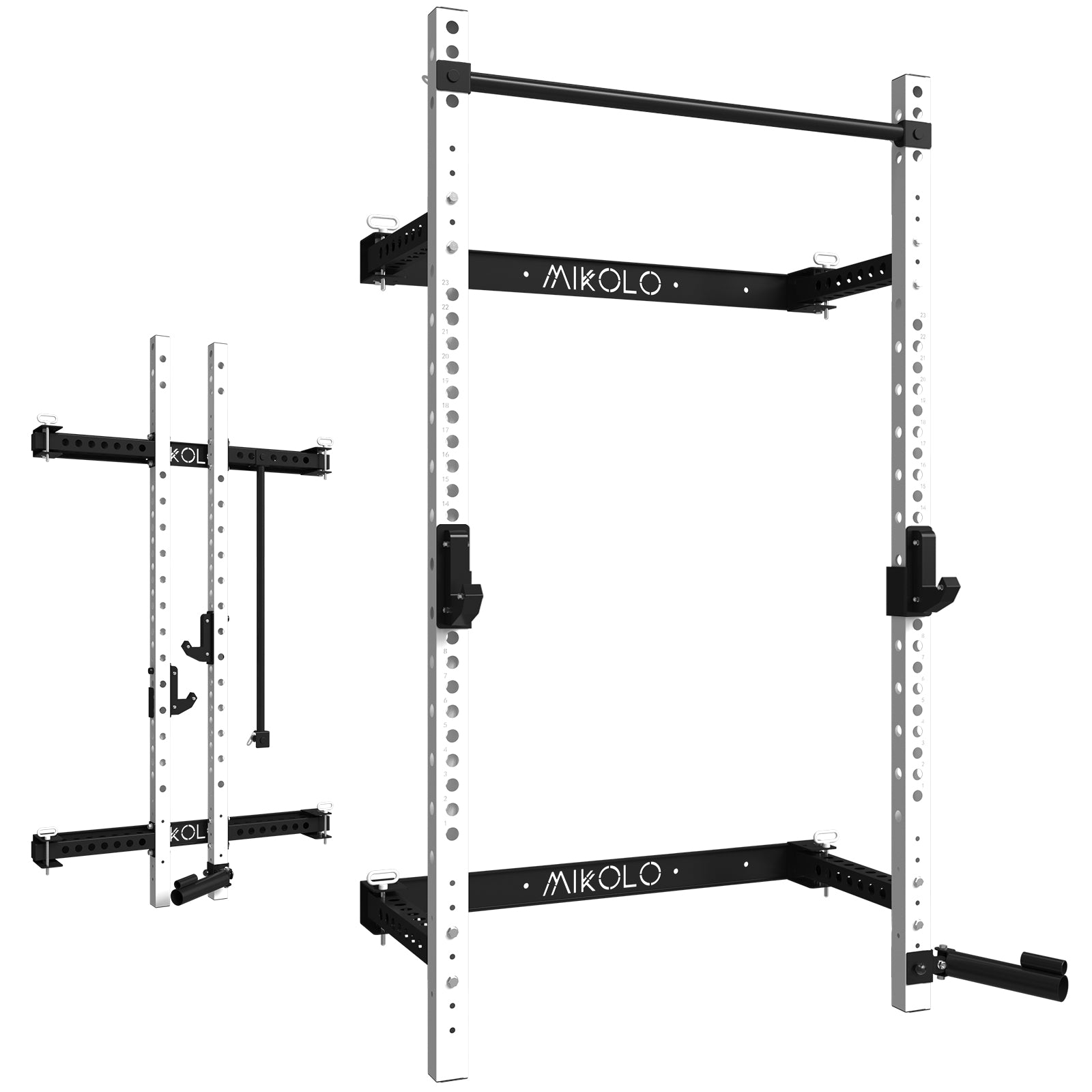

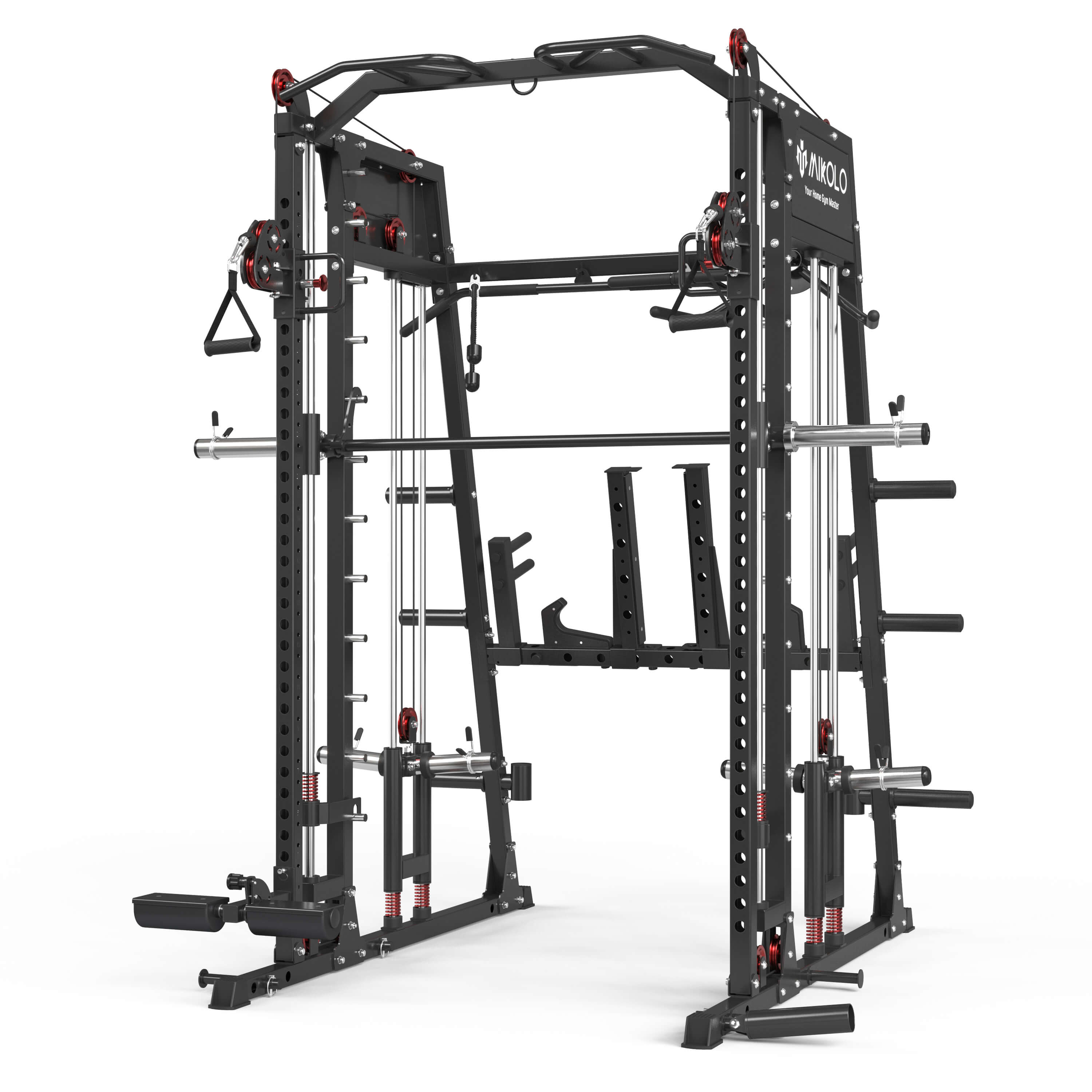
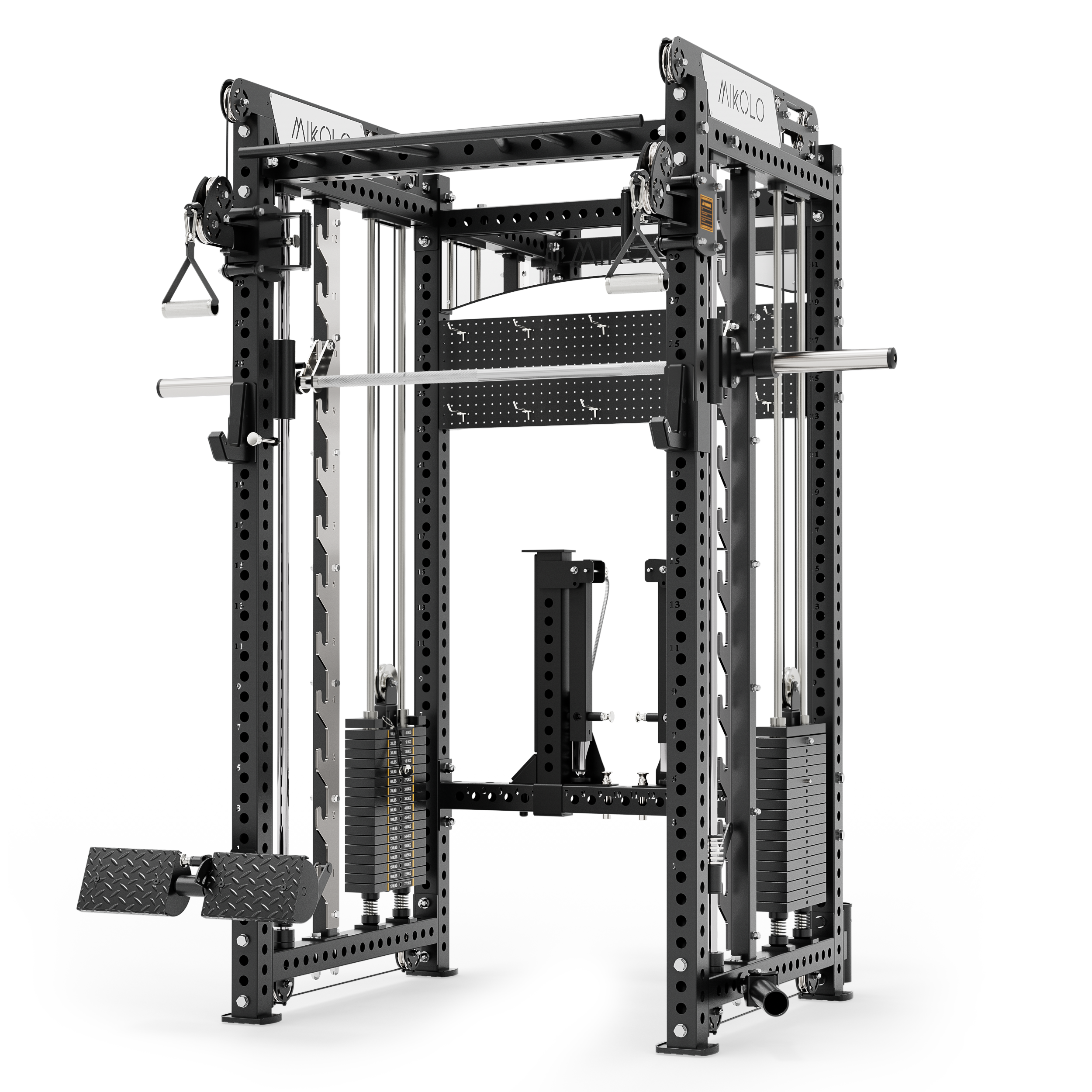
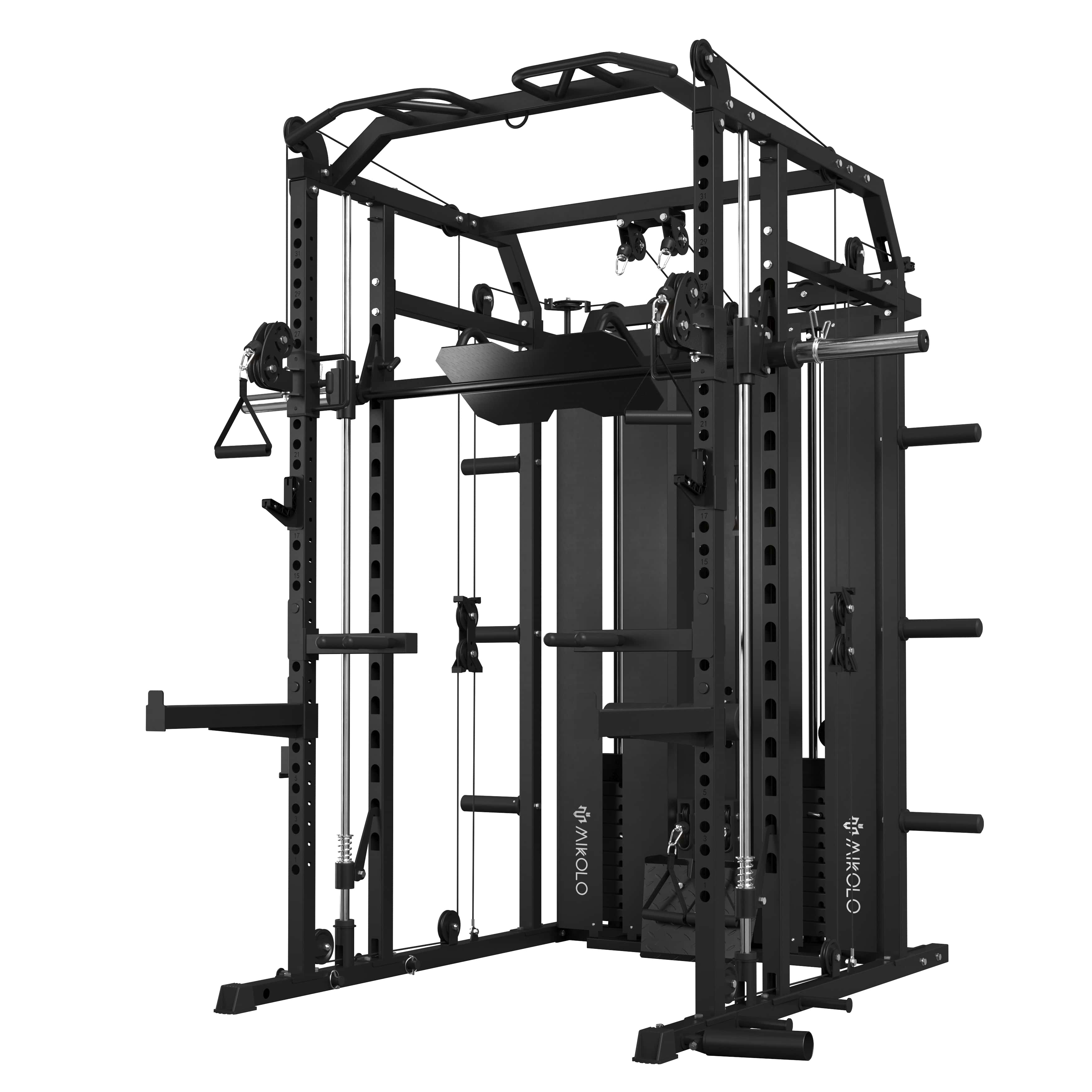




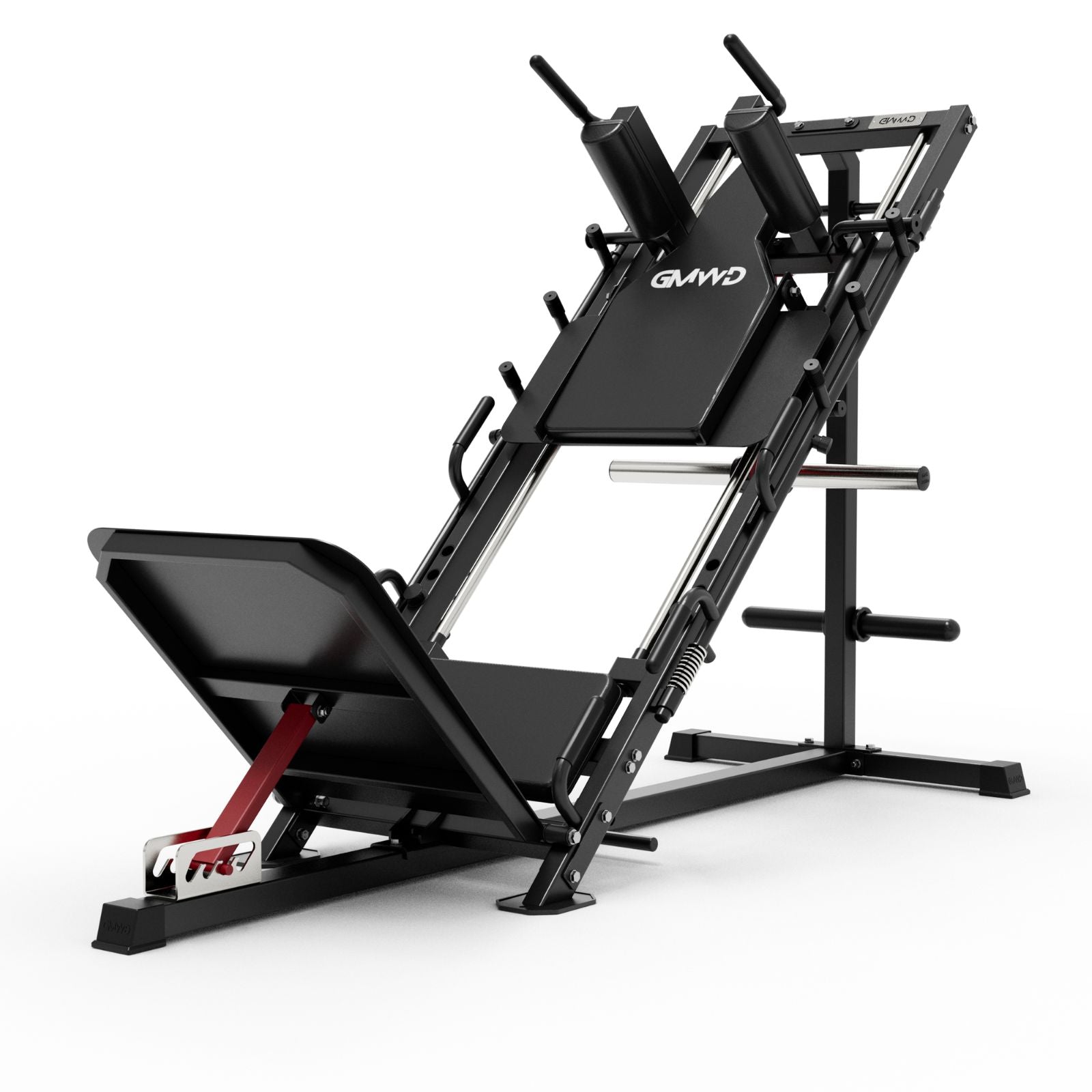


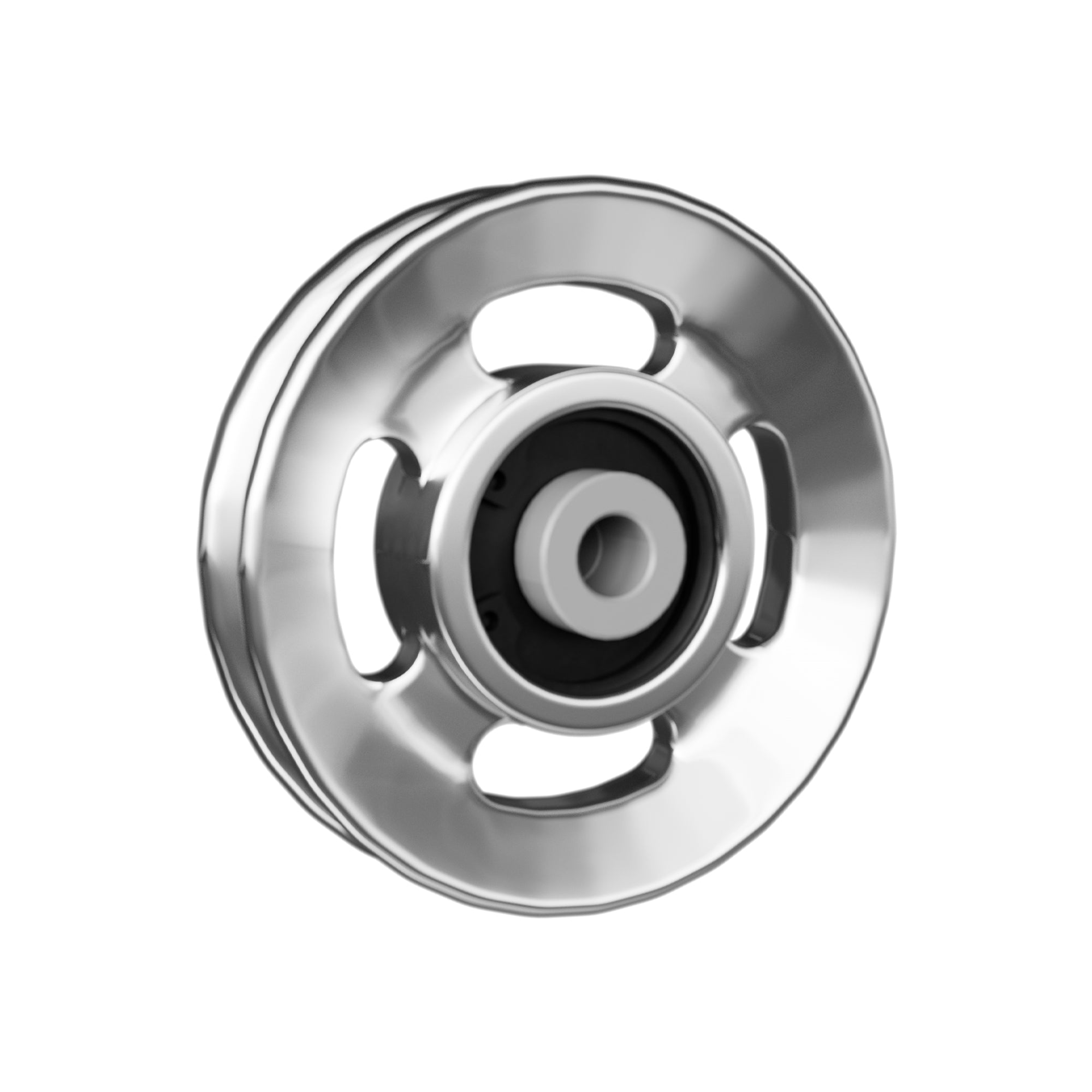








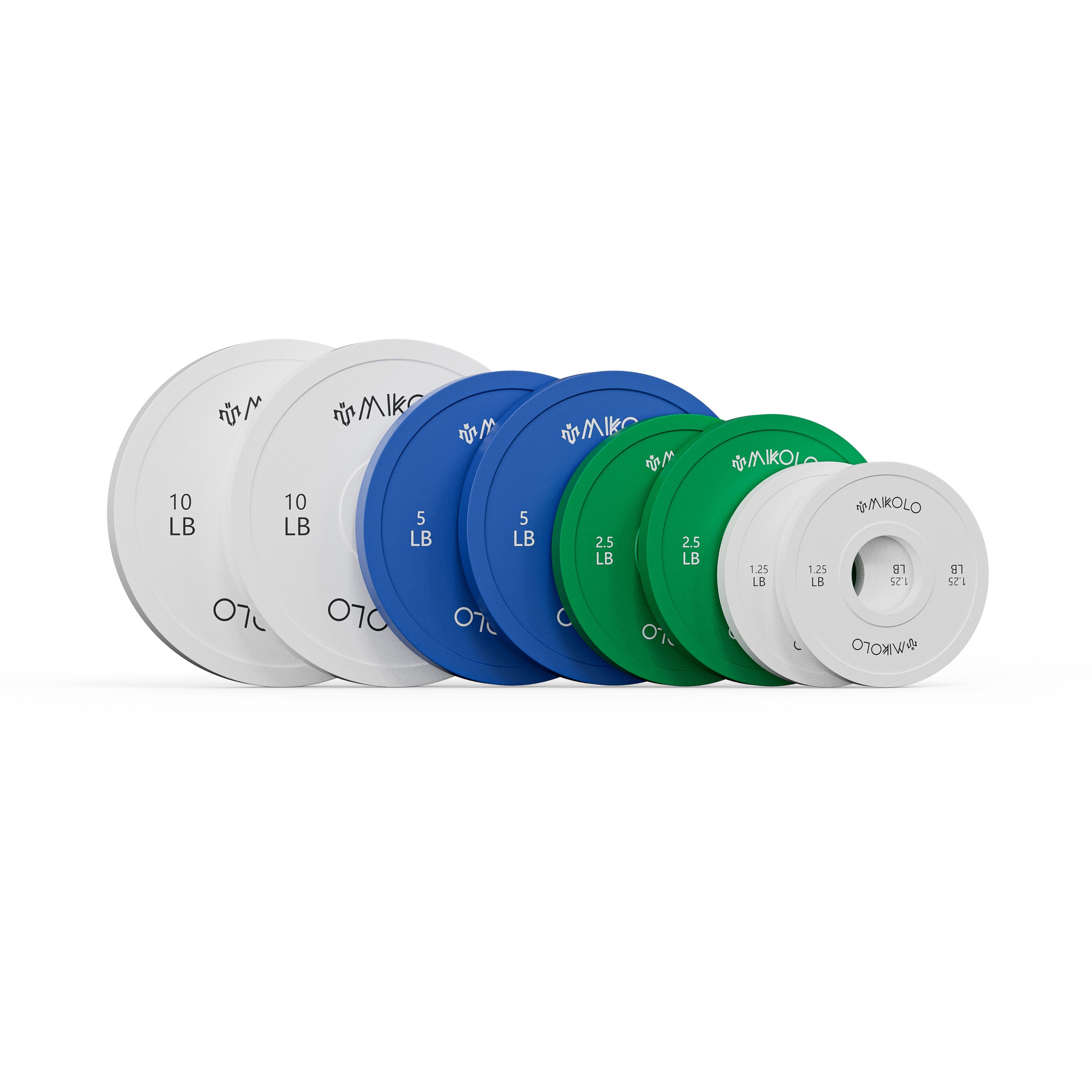









Leave a comment
This site is protected by hCaptcha and the hCaptcha Privacy Policy and Terms of Service apply.